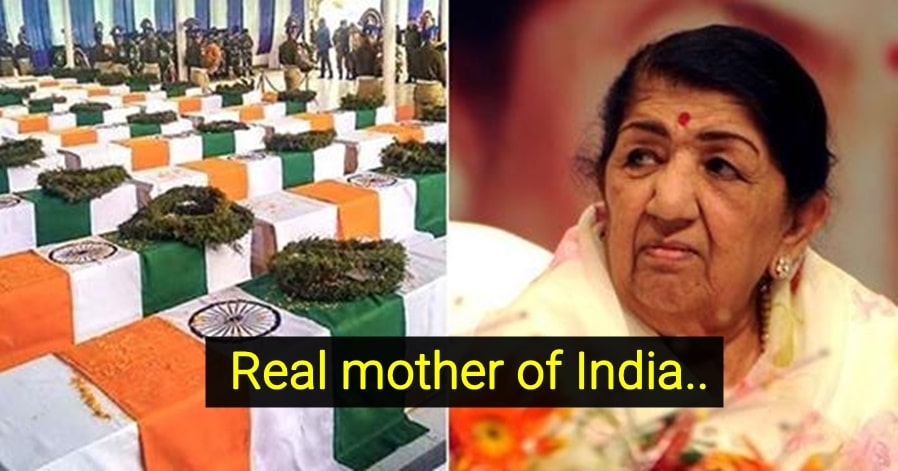No products in the cart.
Bengaluru Engineers script history, create plastic as strong as steel, let’s praise them
Indian Engineers are actively looking for materials that can enhance the overall performance of their existing products. Especially in the automobile industry, the carmakers look for parts that are lighter yet stronger in order to help cars perform better. However, in the majority of the cases, these solutions come at an expensive cost.
However, in the latest development, Engineers in Bengaluru created the world’s first plastic as strong as steel while staying lightweight.
“You don’t normally associate plastic with high temperatures. But we have developed polymers that can work in very high temperatures (as when a car is painted) and which are replacing traditional metals,” says the company’s regional head for South-East Asia, Australia & New Zealand, Janardhanan Ramanujalu.
“Our resin combines with steel to form a very efficient energy-absorption crash-box structure. It cuts the weight by up to 30% and can be compared to high-strength steel and maintains the required level of crash-worthiness,” he says.
It’s work that the Saudi Arabian petrochemicals firm ‘Sabic’ has been associated with, including its R&D centre in Bengaluru.
The $45-billion Sabic, which became a subsidiary of Saudi Arabian oil company Saudi Aramco previously this year is said to be the third-largest diversified petrochemicals company in the world.
It is to be noted that R&D centre in Bengaluru was built at an initial cost of $100 million and is well equipped with everything from an electron microscope to high-tech weathering labs to experiment the wear and tear of products when exposed to the elements.
The centre which has an overall strength of 300 engineers, mostly chemical engineers and material scientists, files around 70 patents each year. However, globally, the company annually files around 400.
“The application design team at the Bengaluru centre collaborates with global customers in designing and optimising the Noryl GTX resin structures which are moulded over onto the steel skeleton of vehicles. These novel light-weight designs help car structures absorb impact energy (if there’s an accident),” says Rajeshwer Dongara, head of the Bengaluru site.








